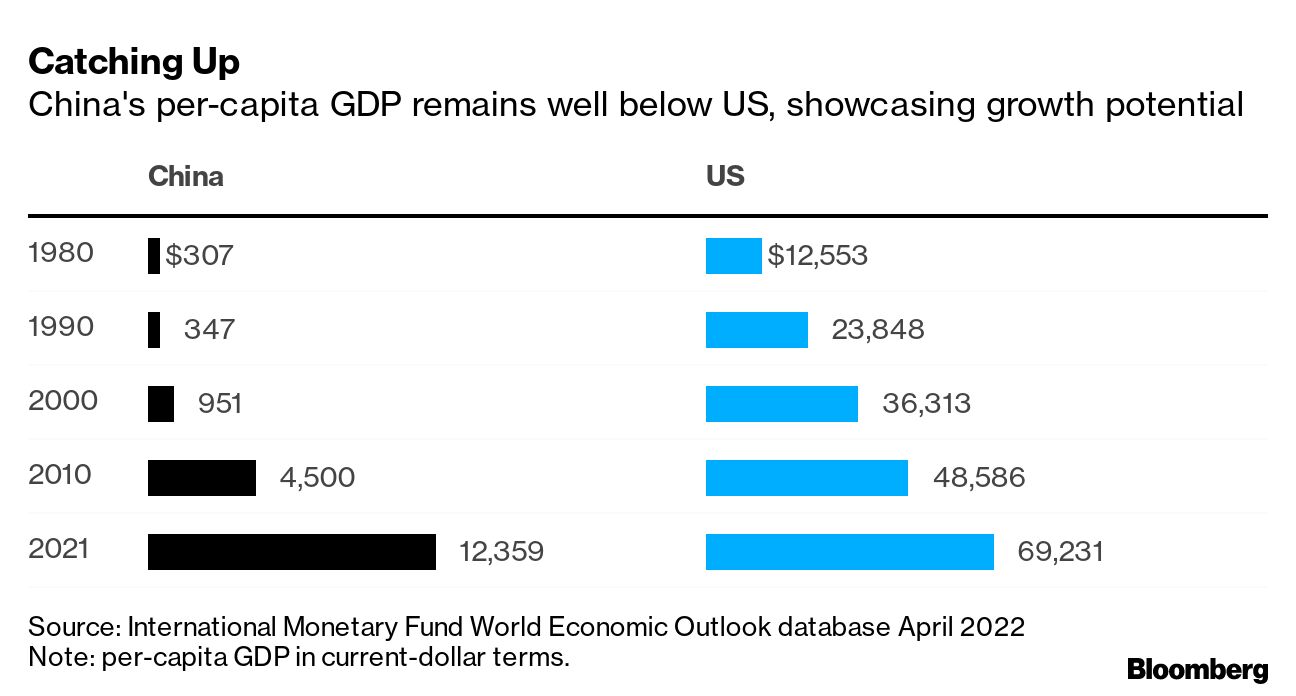The American economy is showing its rivals a clean pair of heels in the global economic race, sprinting ahead with growth figures that leave others in the dust. As the presidential election looms, this economic surge places the U.S. in an enviable position, demonstrating resilience and dynamism that many had not anticipated. Last year, the U.S. economy expanded by a commendable 2.5%, eclipsing the performance of its G7 peers and cementing its status as a global economic powerhouse. This achievement is not just a number—it’s a statement, loud and clear, that the U.S. is not just participating in the economic war; it’s winning it.
A Comparative Look at Global Growth
Diving into the specifics, it becomes apparent just how the U.S. has managed to outshine its counterparts. Japan, trailing behind, posted a growth rate of 1.9%, while Canada, with a 1.1% increase, could barely hold a candle to the American juggernaut. European nations, traditionally seen as economic stalwarts, found themselves further down the pecking order. France’s economy grew by a mere 0.8%, and the situation was not much brighter for Italy, the United Kingdom, and Germany, with growth rates that would hardly cause any sleepless nights for American economists.
As we cast our gaze towards the future, the horizon looks promising for the U.S. economy. Projections for 2024 suggest a continuation of this trend, with an expected growth rate of 2.1%, according to the International Monetary Fund (IMF). In contrast, Canada, despite taking the silver position, is projected to grow at a slower pace of 1.4%, with other nations trailing even further behind. This forecast is not just a testament to the strength of the U.S. economy but also a beacon of optimism for American businesses and workers.
The significance of this economic performance cannot be overstated. It showcases the U.S.’s unmatched capacity to navigate the complexities of the global economic landscape, bolstered by a robust job market and cooling inflation. The strengthening U.S. dollar further underscores the country’s economic might, casting a shadow over local currencies worldwide and setting the stage for a thriving financial sector.
The Federal Reserve’s Vote of Confidence
Jerome Powell, the Federal Reserve Chair, recently painted a picture of the U.S. economy that was as rosy as it gets. Amidst talks of interest rate peaks and the anticipation of cuts, Powell’s words were a mix of caution and optimism. Despite refraining from declaring outright victory over inflation or promising immediate rate cuts, the message was clear: the U.S. economy is on solid ground, with strong growth and a resilient job market to boot.
This economic optimism, however, does not imply a blind march forward. Powell’s careful articulation of the challenges ahead, particularly in reducing inflation to the Fed’s 2% target, reflects a balanced approach to monetary policy. Yet, the underlying confidence is palpable, suggesting that rate cuts, while not immediate, are on the horizon, contingent on continued positive economic indicators.
The implications of the Fed’s stance are far-reaching. On one hand, it tempers expectations for swift rate reductions, disappointing some investors. On the other, it reinforces the narrative of a strong, growing economy capable of weathering inflationary pressures without derailing the employment market or overall economic stability.
This backdrop of economic fortitude is further bolstered by recent productivity data. The last quarter witnessed a productivity jump to 2.7%, signaling an economy that not only grows but does so efficiently. This uptick in productivity is crucial, as it promises higher wages for workers and lower inflationary pressures, setting a virtuous cycle of growth and prosperity in motion.





